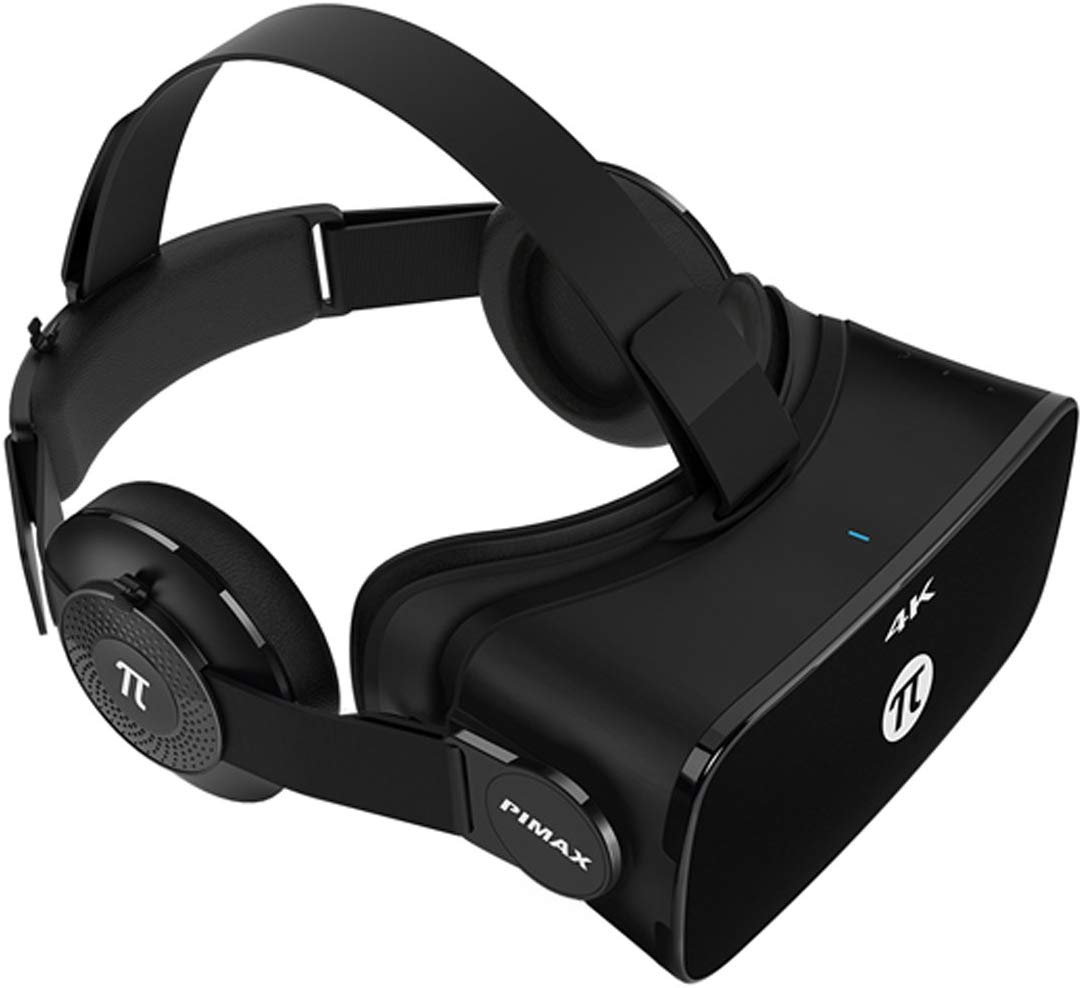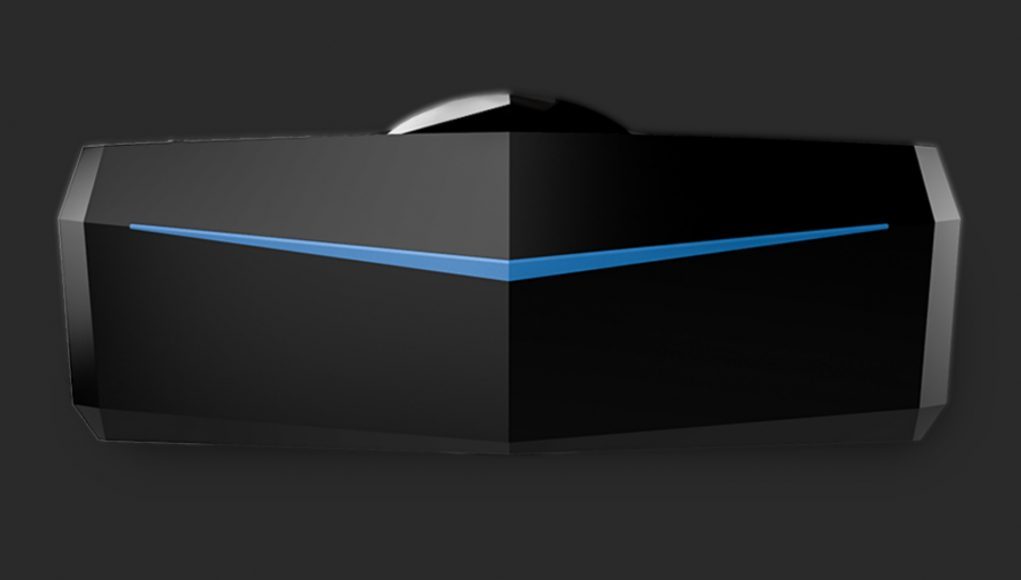Before the holiday season, Pimax announced a new VR headset called Artisan that looks to fill the low-price gap in the company’s product offerings. Although the headset is able to use Valve’s SteamVR tracking standard, a model is set to arrive with a NOLO VR tracking and controller kit, a move that’s meant to appeal to entry-level users without SteamVR base stations or controllers.
Update (January 7th, 2020): In a previous version of this article it was reported that the panel was 1,600 × 1,440, while it is in reality 1,700 × 1,440.
The Artisan headset itself is said to reduce costs by including less expensive RGB stripe LCD panels, which features dual 1,700 × 1,440 displays clocked at 120Hz refresh, and a 140 degree horizontal (170 diagonal) field of view.
Talking to MRTV’s Sebastian Ang, Pimax COO Kevin Henderson detailed the company’s two upcoming versions of Artisan: a standard model without accessories or integrated audio, and a version with Nolo VR tracking base station, Nolo controllers, head tracking marker, and a flexible head strap with integrated audio—the later of which Henderson compares to the company’s previous “4K” headset in function.

Both versions of Artisan feature compatibility with SteamVR tracking, however Henderson explains the move to include Nolo VR tracking was a way of letting users play 6DOF PC VR games out of the box at a cheaper all-in price than something like Valve Index whilst simultaneously leaving an upgrade path for users looking to adopt Valve’s tracking standard later down the line. When purchased separately a pair of SteamVR 2.0 base stations and Index controllers alone costs $580.
While Pimax is couching Artisan as an entry-level solution, it’s still unclear what either Artisan versions will cost, or when they’re slated to arrive. Pimax is showing Artisan at CES 2020, so we’re hoping to find out more when we stop by their booth on our haunt through the convention’s massive halls.
Nolo VR Tracking
Nolo VR, a Beijing-based company, offers its $200 6DOF tracking kit which is typically paired with 3DOF headsets such as Oculus Go or Samsung Gear VR in order to ‘convert’ them into 6DOF headsets, replete with 6DOF head and controller tracking.

Nolo VR does this wirelessly by way of its PolarTraq technology, which is based on an optic-acoustic-radio-signal tracking technology developed by the company.
Henderson tells MRTV that support for Nolo VR is also going to be baked into Pi Tool, Pimax’s compatibility layer for their range of “8K” and “5K” wide field of view headsets.
Nolo VR’s solution is by no means perfect, as it suffers from the same sort of occlusion issues that any single base station tracking standard might, however it seems to be popular enough to garner the company with continued investments, the latest of which arrived to the tune of $15 million in June 2019. We’re looking forward to find out just how far Nolo VR has come in terms of reliability and latency, two sticking points for the system when it was first introduced in 2017.
We have feet on the ground in Las Vegas for CES 2020, which takes place January 7 – 10. Check back soon for all things AR/VR to come from one of the world’s biggest consumer electronics shows.







